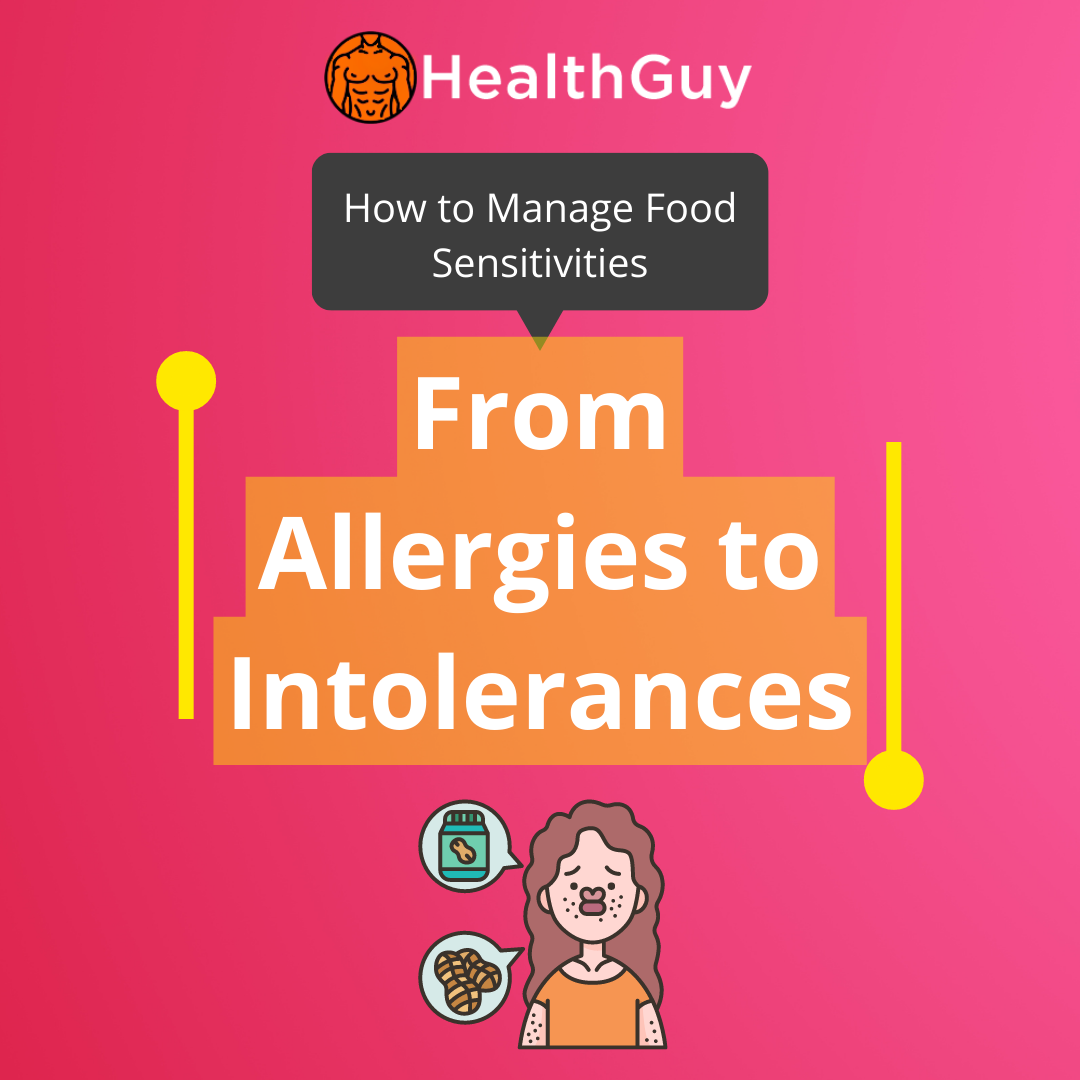
From Allergies to Intolerances: How to Manage Food Sensitivities
Food allergies and intolerances are a growing concern in our society today. They can cause discomfort, pain, and even life-threatening reactions in some individuals. Understanding the difference between allergies and intolerances, the common types, and how to manage them is essential to maintaining good health and avoiding negative reactions.
What is a food allergy?
A food allergy is an immune system response to a particular food protein. The immune system mistakenly identifies the protein as a threat and launches an attack on it. This reaction can occur within minutes or up to several hours after consuming the food.
Common symptoms of a food allergy include hives, itching, swelling, nausea, vomiting, diarrhea, abdominal pain, and difficulty breathing. In severe cases, an allergic reaction can lead to anaphylaxis, a life-threatening condition that requires immediate medical attention.
The most common food allergens include peanuts, tree nuts, shellfish, fish, milk, eggs, soy, and wheat. The only way to prevent an allergic reaction is to avoid the allergen completely.
What is a food intolerance?
A food intolerance is a non-allergic adverse reaction to a particular food. Unlike a food allergy, it does not involve the immune system. Instead, it occurs when the body has difficulty digesting a certain food or substance.
Common symptoms of a food intolerance include bloating, gas, abdominal pain, diarrhea, and nausea. Food intolerances are often caused by a lack of digestive enzymes or other digestive problems. Some people may also be sensitive to food additives, such as artificial sweeteners or preservatives.
Unlike food allergies, food intolerances are not life-threatening. However, they can cause significant discomfort and affect a person’s quality of life. The best way to manage a food intolerance is to identify the trigger food and avoid it as much as possible.

How to manage food allergies and intolerances
Managing food allergies and intolerances requires careful attention to what you eat and how it affects your body. Here are some tips to help you manage these conditions:
Keep a food diary
Keeping a food diary can help you identify which foods trigger your symptoms. Write down everything you eat and drink, along with any symptoms you experience. This will help you pinpoint which foods to avoid.
Read food labels
Be sure to read food labels carefully, especially if you have a food allergy. Look for allergen warnings, such as “contains peanuts” or “may contain traces of tree nuts.” If you have a food intolerance, read the ingredients list carefully to avoid trigger foods.
Cook at home
Cooking at home allows you to control the ingredients in your food and avoid potential allergens or trigger foods. If you must eat out, be sure to ask about the ingredients in each dish and how it is prepared.
Carry medication
If you have a food allergy, be sure to carry an epinephrine auto-injector (EpiPen) with you at all times. This can save your life in case of a severe allergic reaction. If you have a food intolerance, you may want to carry antacids or other digestive aids with you.
Seek medical advice
If you suspect you have a food allergy or intolerance, seek medical advice. Your doctor can perform tests to confirm the diagnosis and provide advice on how to manage your condition.
In conclusion, food allergies and intolerances are common conditions that require careful management to avoid negative reactions. By understanding the difference between allergies and intolerances, identifying trigger foods, and taking steps to avoid them, you can enjoy a healthy, comfortable life. Remember to seek medical advice if you have any concerns about your symptoms.
